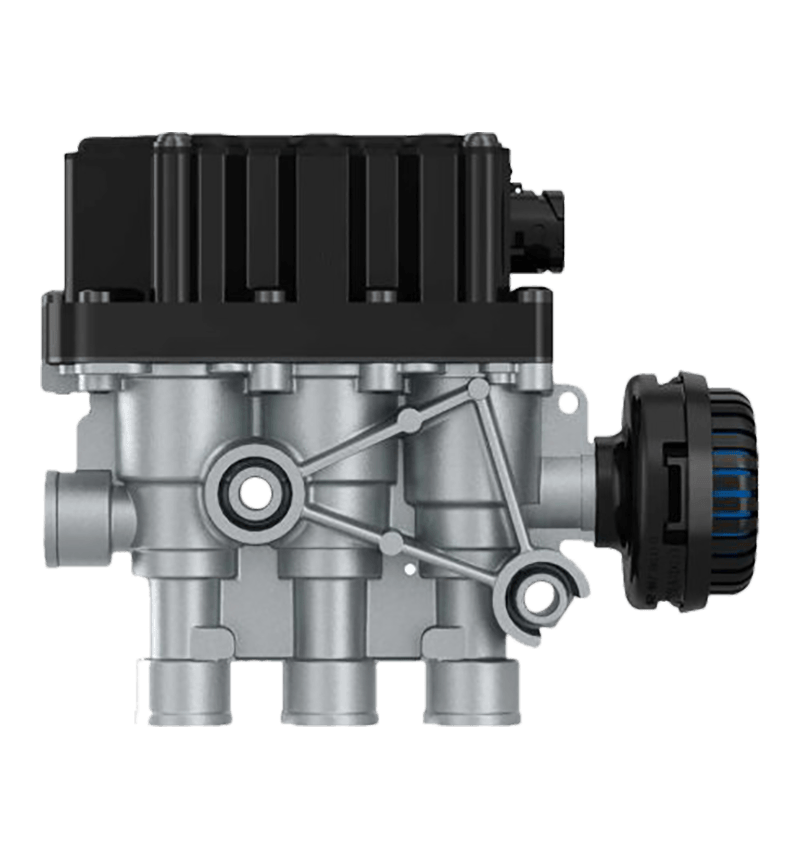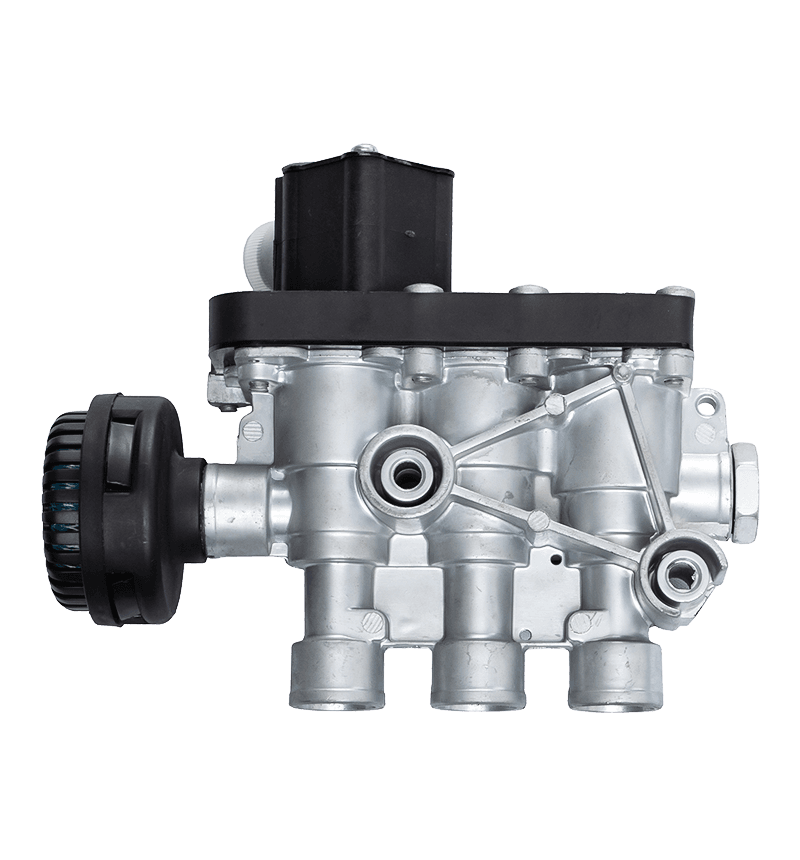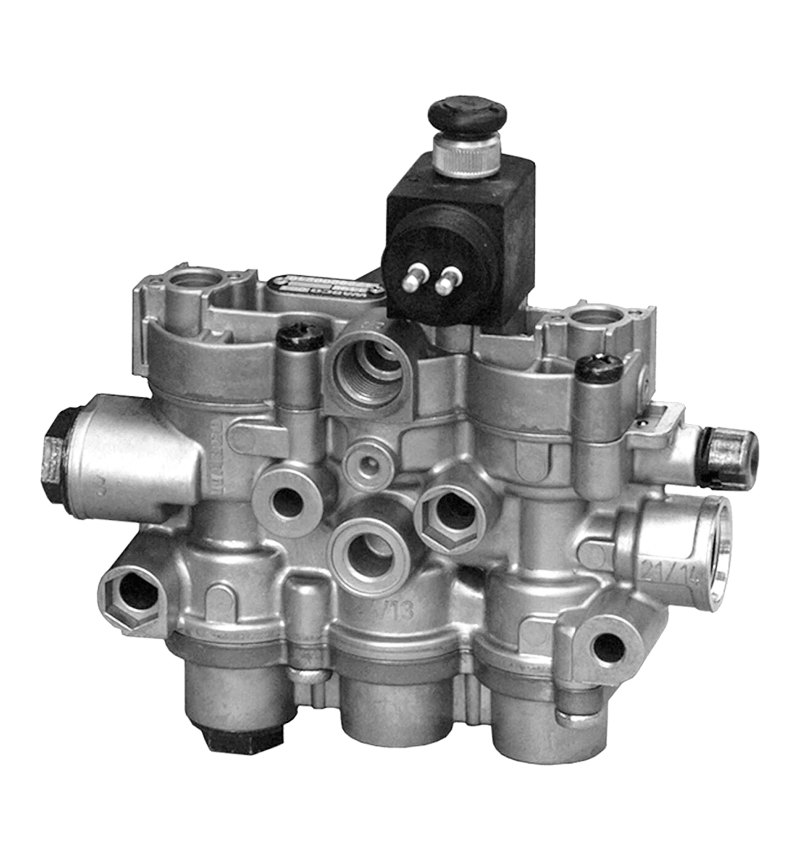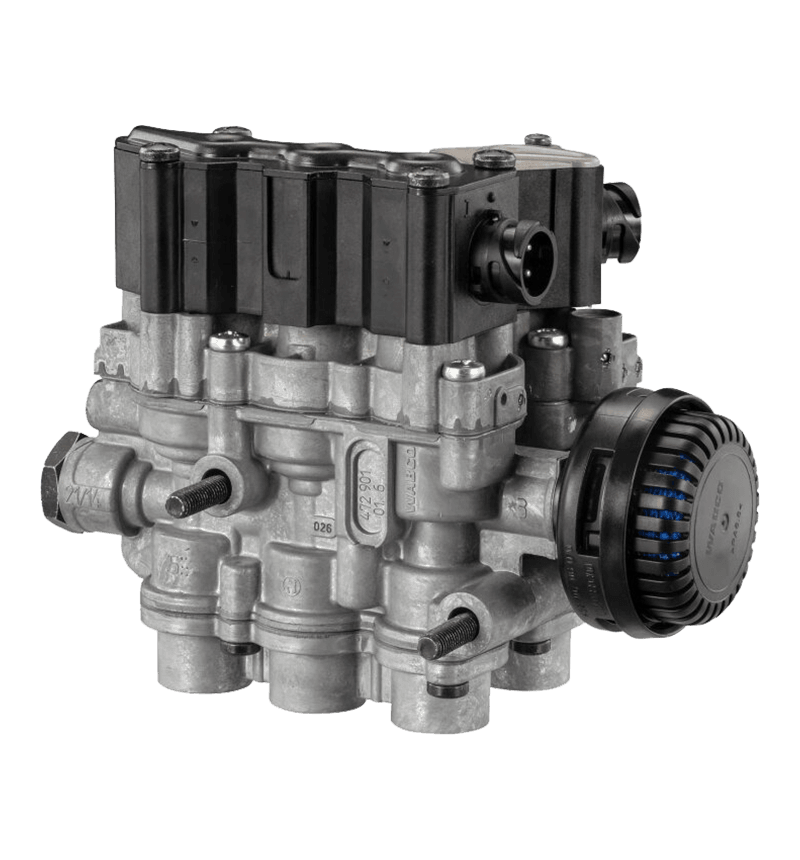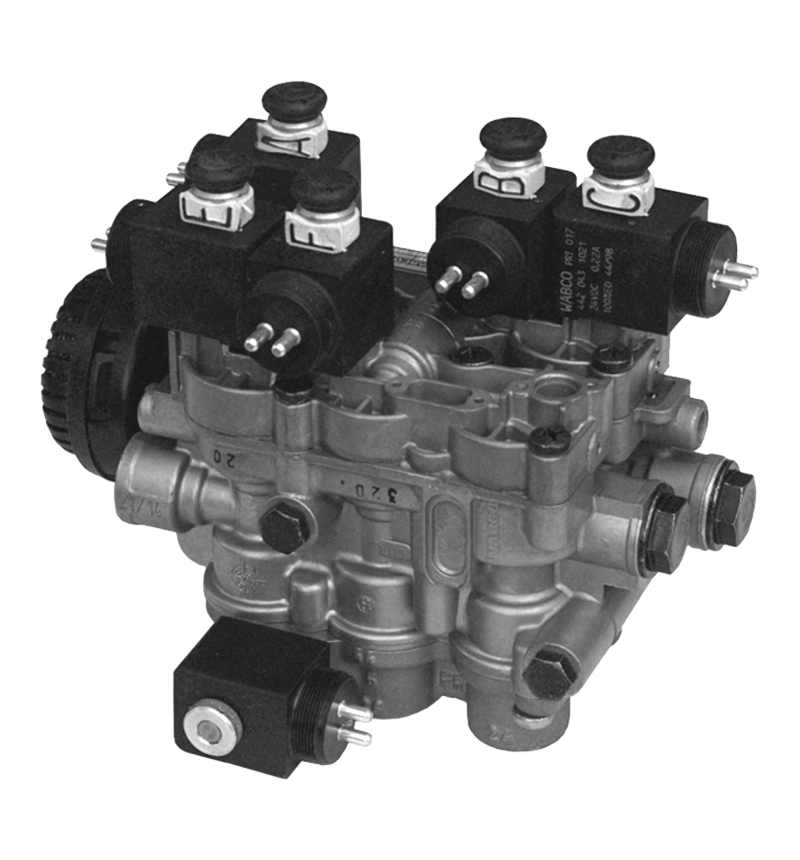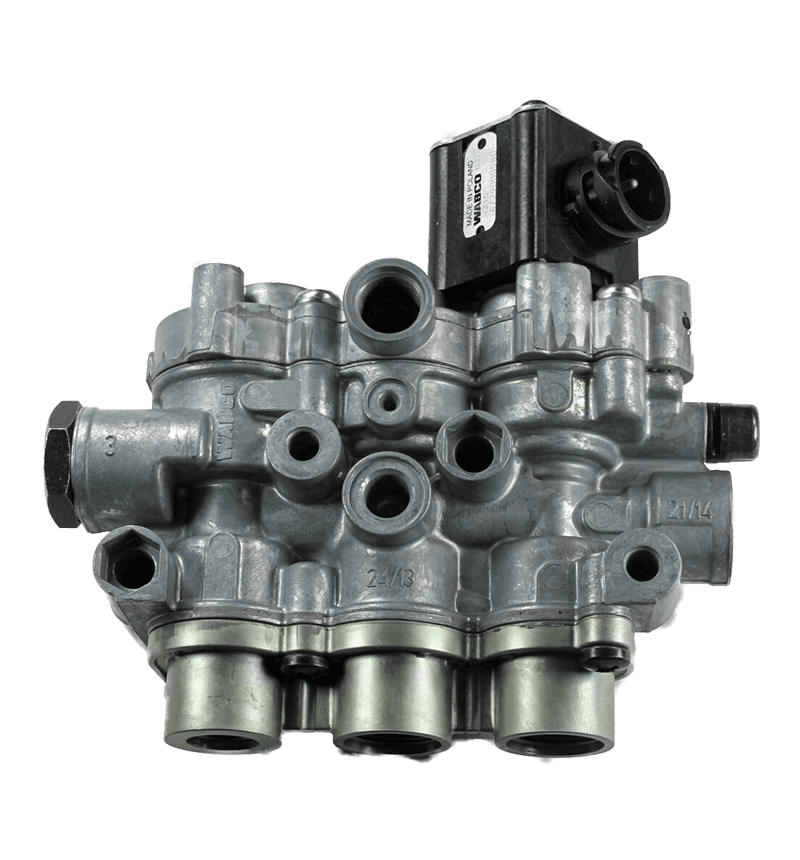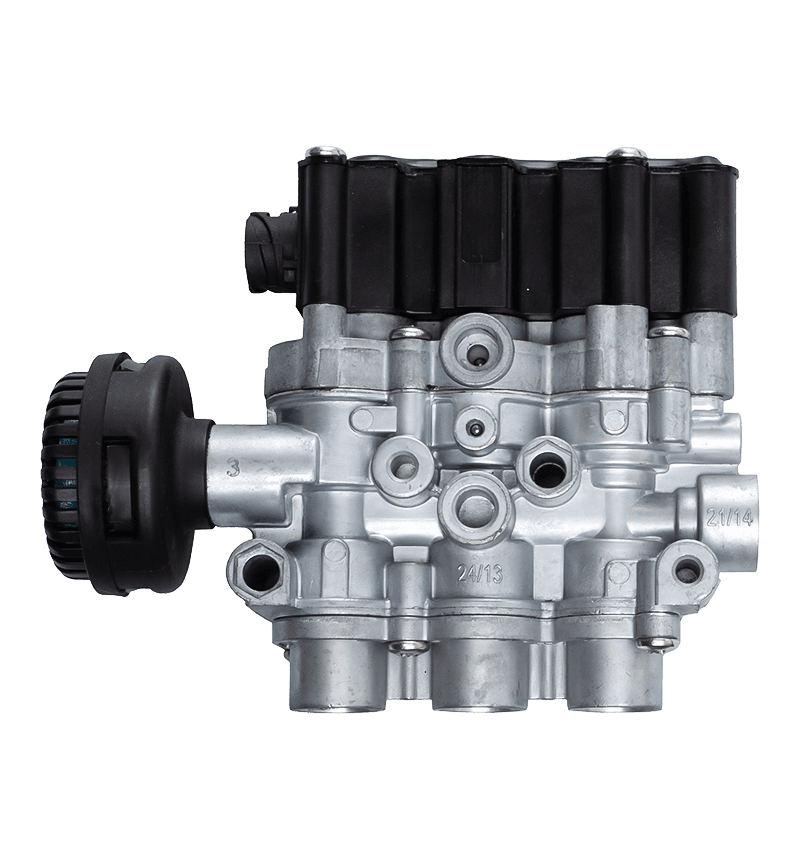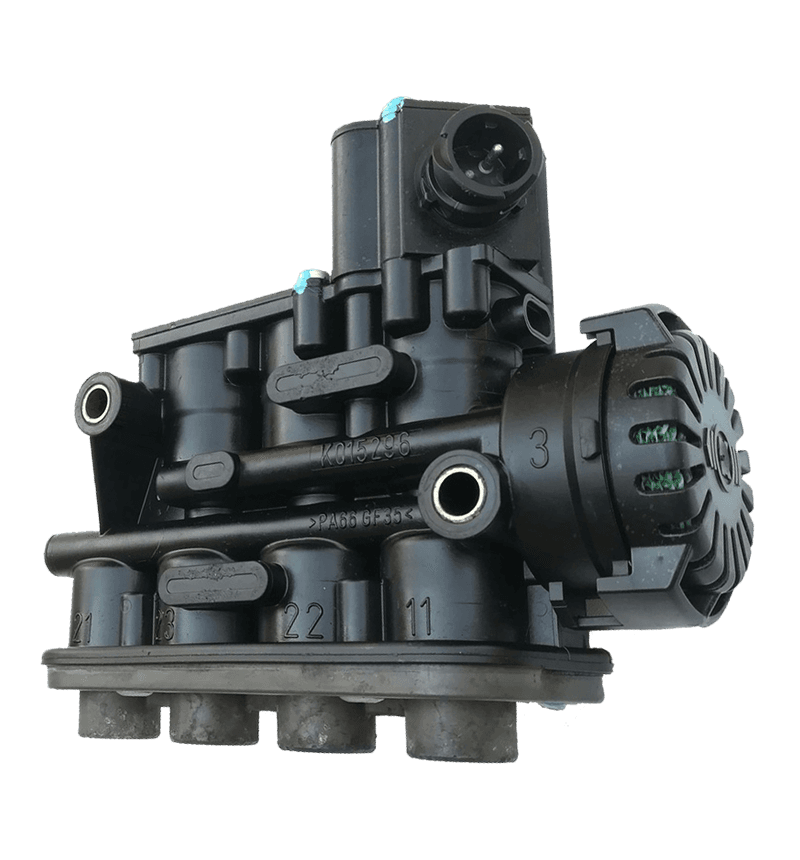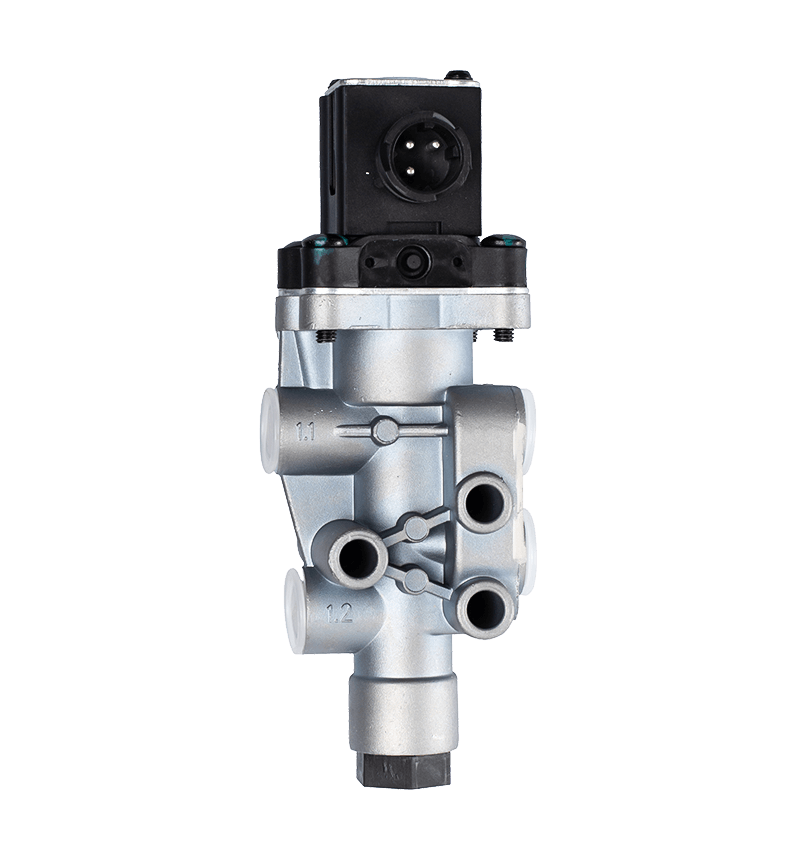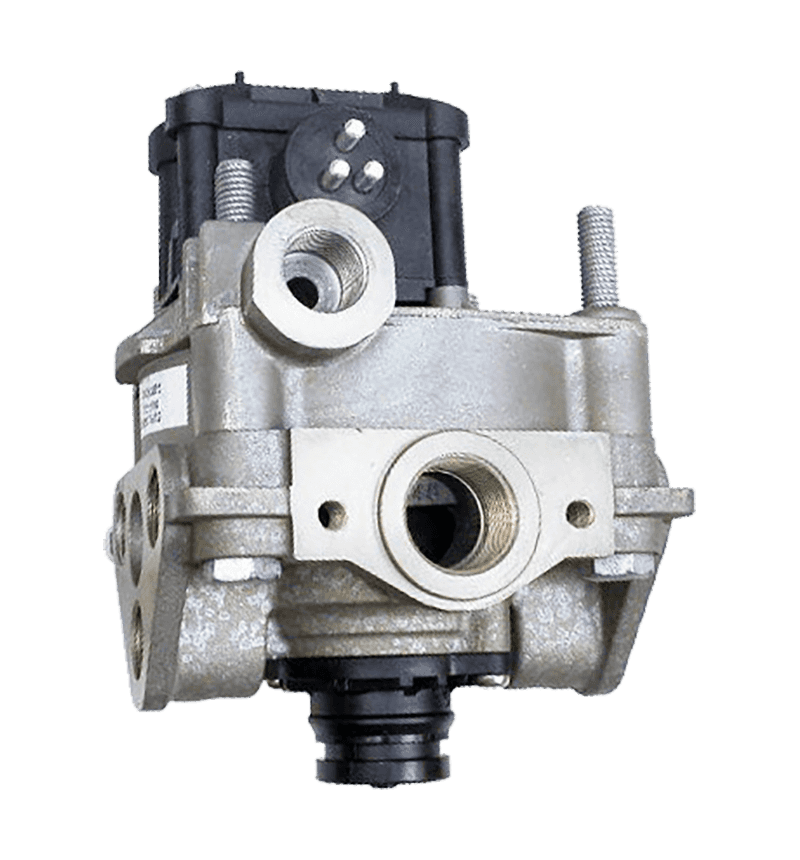Fundamental Concepts of Pressure Regulation Accuracy
Pressure regulation accuracy in Electronically Controlled Air Suspension (ECAS) valves refers to the system's ability to maintain consistent air pressure levels within specified tolerances. This parameter determines how closely the actual pressure matches the target pressure setpoint during dynamic vehicle operations. The accuracy is typically expressed as a percentage of the full-scale pressure range or as an absolute pressure value deviation.
Standard Accuracy Ranges for ECAS Systems
Most commercial ECAS valves demonstrate pressure regulation accuracy within ±2% to ±5% of the full-scale pressure range. For a typical system operating at 10 bar maximum pressure, this translates to ±0.2 bar to ±0.5 bar deviation from the setpoint. Higher precision industrial-grade valves may achieve ±1% accuracy under controlled conditions, while basic systems might tolerate up to ±7% variation during rapid load changes.
Factors Influencing Regulation Performance
Several operational factors affect the achievable pressure regulation accuracy in real-world applications. These include air temperature fluctuations that change gas properties, mechanical wear in valve components over time, electrical signal interference in control circuits, and response time limitations during sudden load variations. The system's sampling rate and control algorithm sophistication also play significant roles in maintaining consistent accuracy.
Measurement Conditions and Testing Standards
Reported accuracy values are typically measured under laboratory conditions with stable temperatures and calibrated pressure sensors. Industry standards specify test procedures that evaluate performance across the entire pressure range, at multiple flow rates, and with various duty cycles. These tests help determine how accuracy varies between static conditions and dynamic operation scenarios common in vehicle applications.
Impact of Valve Design on Accuracy
Different ECAS valve architectures exhibit varying accuracy characteristics. Proportional valves with continuous modulation generally provide better accuracy than simple on/off solenoid valves. Pilot-operated designs can achieve higher precision through multi-stage pressure reduction, while direct-acting valves may sacrifice some accuracy for faster response times. Material selection for sealing components also influences long-term accuracy maintenance.
Electronic Control System Contributions
The electronic control unit's processing capabilities significantly impact overall regulation accuracy. Advanced systems employ high-resolution pressure sensors (typically 12-16 bit), fast analog-to-digital conversion, and sophisticated PID control algorithms with adaptive tuning. These components work together to minimize steady-state errors and reduce overshoot during pressure adjustments.
Environmental and Operational Considerations
Real-world operating conditions often degrade the theoretical accuracy specifications. Vibration from road surfaces, temperature extremes, moisture in the air supply, and contamination from compressor oil can all affect performance. Manufacturers typically specify separate accuracy ratings for ideal laboratory conditions versus expected field performance under normal operating environments.
Accuracy Requirements for Different Applications
Vehicle applications demand varying accuracy levels based on their specific needs. Luxury passenger vehicles may require tighter pressure control (±1.5-2.5%) for optimal ride comfort, while commercial trucks might tolerate ±4-5% variations where load stability is more critical than comfort. Specialized applications like mobile cranes or military vehicles often have unique accuracy specifications tailored to their operational requirements.
Long-Term Accuracy Degradation Factors
Over the system's operational lifetime, several factors can gradually reduce pressure regulation accuracy. Seal wear increases internal leakage, contamination builds up in small orifices, and mechanical components experience fatigue. Electrical contacts may develop resistance, and sensor calibration can drift. Regular maintenance and periodic recalibration help mitigate these effects to maintain original accuracy specifications.
Comparative Analysis with Conventional Systems
ECAS valves generally offer superior pressure regulation accuracy compared to traditional mechanical leveling valves, which might only maintain ±10-15% accuracy. The electronic control enables continuous monitoring and adjustment that mechanical systems cannot match. However, the increased complexity introduces additional potential failure modes that could temporarily reduce accuracy until fault detection systems intervene.
Future Trends in Accuracy Improvement
Emerging technologies promise enhanced pressure regulation accuracy in next-generation ECAS systems. These include higher resolution sensors with built-in temperature compensation, machine learning algorithms that adapt to usage patterns, and improved materials for longer-lasting seals. Wireless pressure sensors distributed throughout the air springs may enable more localized and precise pressure control strategies.
Practical Implications of Accuracy Specifications
The specified pressure regulation accuracy directly affects vehicle dynamics and operational characteristics. Tighter control enables more consistent ride height maintenance, better load distribution between axles, and improved stability during cornering or braking. These factors contribute to tire wear patterns, fuel efficiency, and overall vehicle safety margins in various operating conditions.
Verification and Maintenance of Accuracy
Regular accuracy verification should be part of scheduled maintenance procedures. This involves comparing the system's reported pressures against calibrated test equipment at multiple setpoints across the operating range. Diagnostic tools can track historical accuracy trends and alert operators to developing issues before they affect vehicle performance or safety.
Economic Considerations in Accuracy Selection
Higher accuracy ECAS components typically command premium pricing due to more stringent manufacturing tolerances and advanced materials. Operators must balance the incremental benefits of improved accuracy against acquisition and maintenance costs for their specific application. In many cases, the optimal solution involves selecting accuracy levels that meet operational requirements without unnecessary over-specification.
Integration with Vehicle Electronic Systems
Modern ECAS valves don't operate in isolation but interact with other vehicle systems like ABS, traction control, and transmission management. The pressure regulation accuracy affects how these systems coordinate their functions. Consistent pressure control enables more predictable vehicle behavior that other systems can reliably anticipate and complement for optimal overall performance.


 English
English Español
Español


